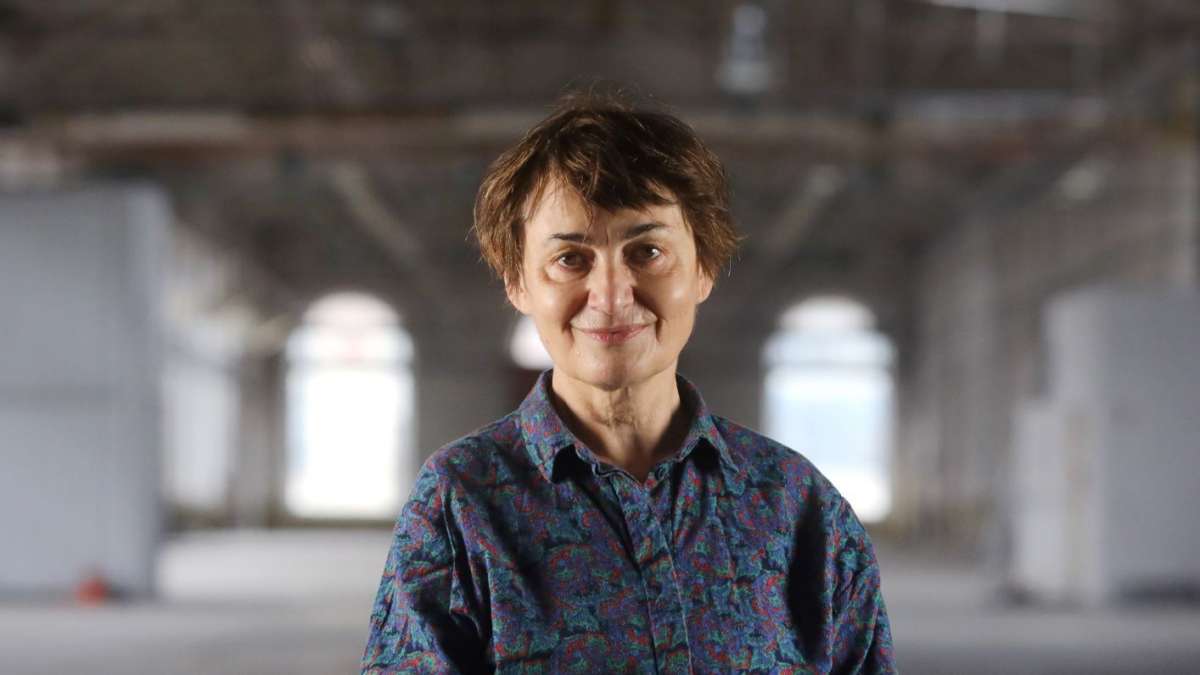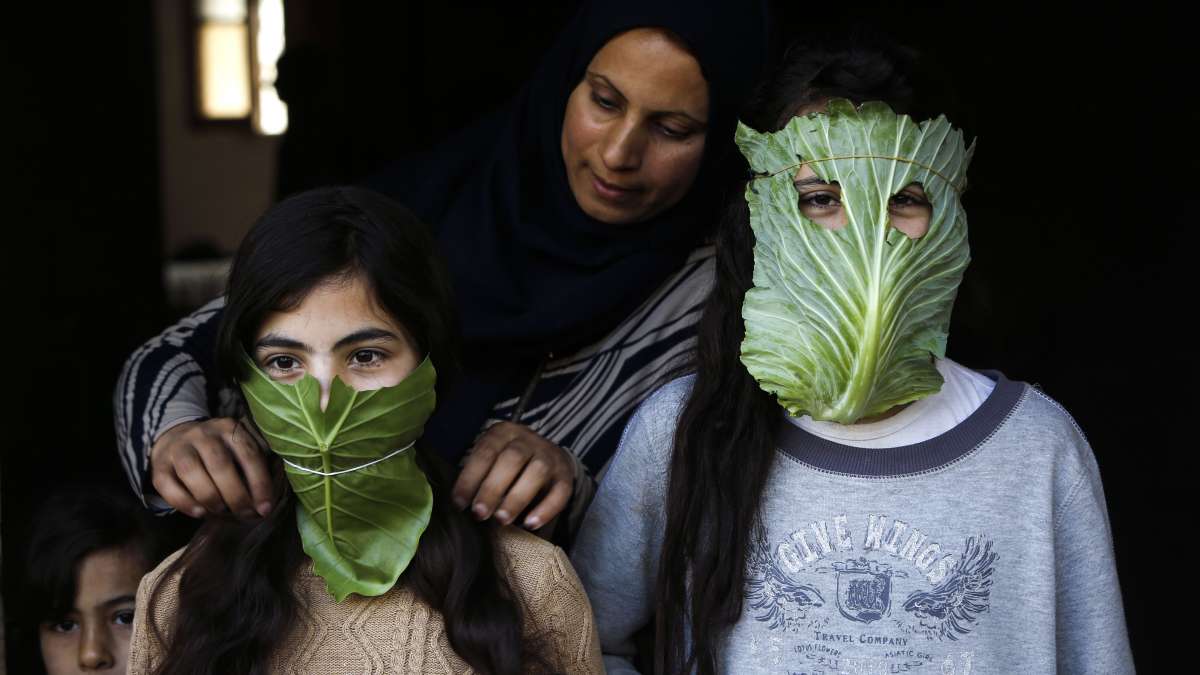
Le Monde, sinon rien
Dreaming, learning, reconnecting
Exhibition 6 april - 31 julyThe Le monde, sinon rien (The world or nothing) exhibition is a veritable apparatus for experimentation open to public participation.
On entering the exhibition, the visitor finds a huge map covering the floor representing a field of exploration, the one that teachers in art and design schools offer their students every year and which they roam, document and transform.
The map features five regions:
• Fantômes (Ghosts) is a reminder of the place held by the past and the heritage these explorations are anchored in.
• Enquête (Enquiry) evokes the creative work done in art and design schools, in research laboratories where everyone starts from a place of curiosity or a question, then goes on their own expedition to look for sources and analogies.
• Territoire (Territory) refers to the form that comes out of the enquiries, the aesthetic, mental or physical space where we live and which we live on.
• Polyphonie (Polyphony) is the term that translates the sensory life of a territory. There are sounds, chants, voices.
• "Polysensoriality" is the sign that living worlds are cooperating in forms of interdependency and emulation, sometimes even tension. These are the transformative powers in inter-species worlds where humans have learned to take on a more modest place and an observant attitude.
• Diplomaties (Diplomacies) reminds us that translation and accompaniment are a function of creative activity. This mainly in a world undergoing transformation, where some – mainly the youngest of us - pick up on alerts, traces, avenues that the world has not yet perceived. The worlds revealed by young designers and researchers give substance to possibilities that we, in turn, can experience and appropriate for our own intentions and projects.
The scenography invites us to project into the fields of adventure that are schools, spaces for experiments and experiences, metaphors of lived life and a life to be invented. We are talking of a time when we are learning as well as discovering. Youth moves forward, in total uncertainty, towards a terrestrial life that in theory looks unlivable if profound changes are not made, changes that they will necessarily be the ones to make. Artists, designers and researchers are "passers", even "fixers" (in the sense that they fix, repairs, arrange and create paths that others can follow).
Creation appears as a source of essential bifurcations, those of sensitivity, empathy, desire and the power to act.
Le monde, sinon rien is also a durable network that is taking shape on a website of the same name (www.lemondesinonrien.fr) and asserting itself as the core of a "Bauhaus of the living".
It is a school, in the sense that it is founding a school of thought, with a network of creative schools of all shapes and sizes.
This Bauhaus of the living is the beginning of a 5 to 10-year sequence aimed, like the Weimar Bauhaus or the Black Mountain College, at bringing different explorations together so that they can resound off each other and amplify the power of creativeness in the forthcoming transitions.
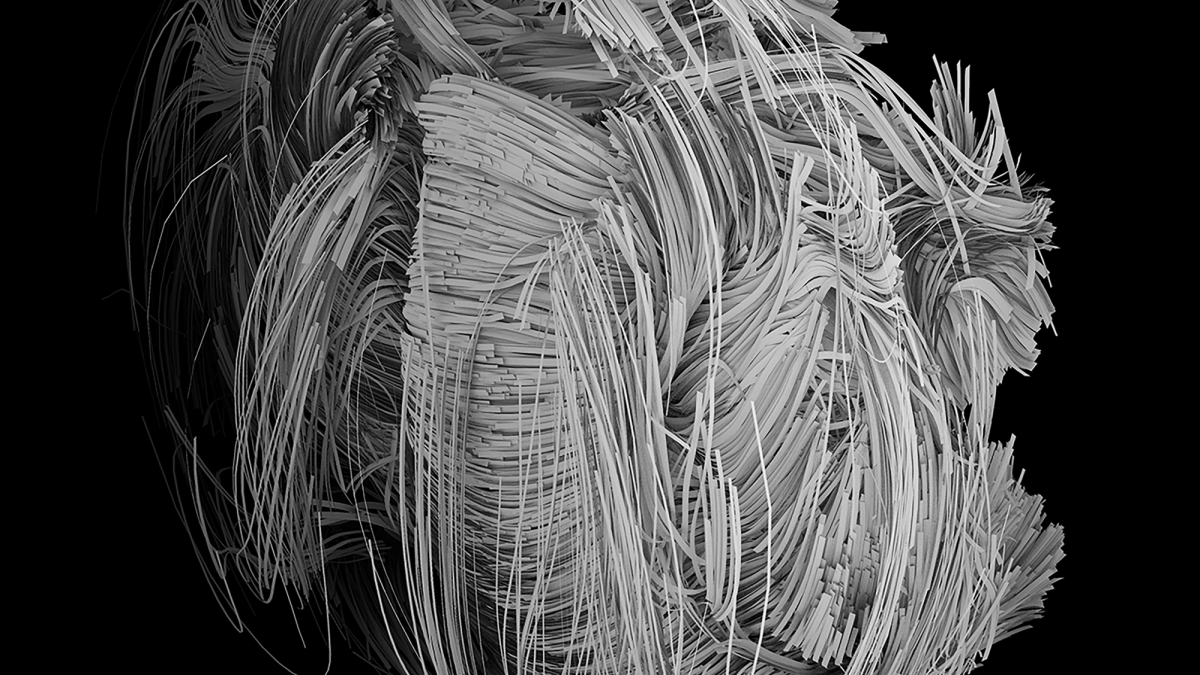
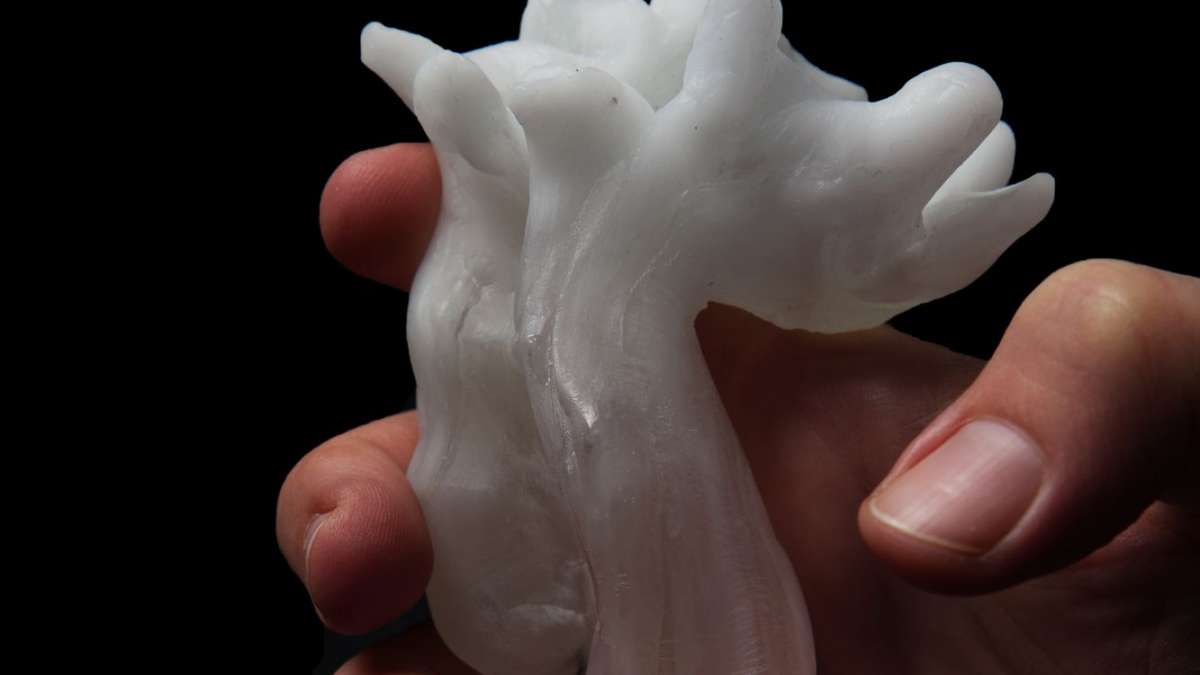
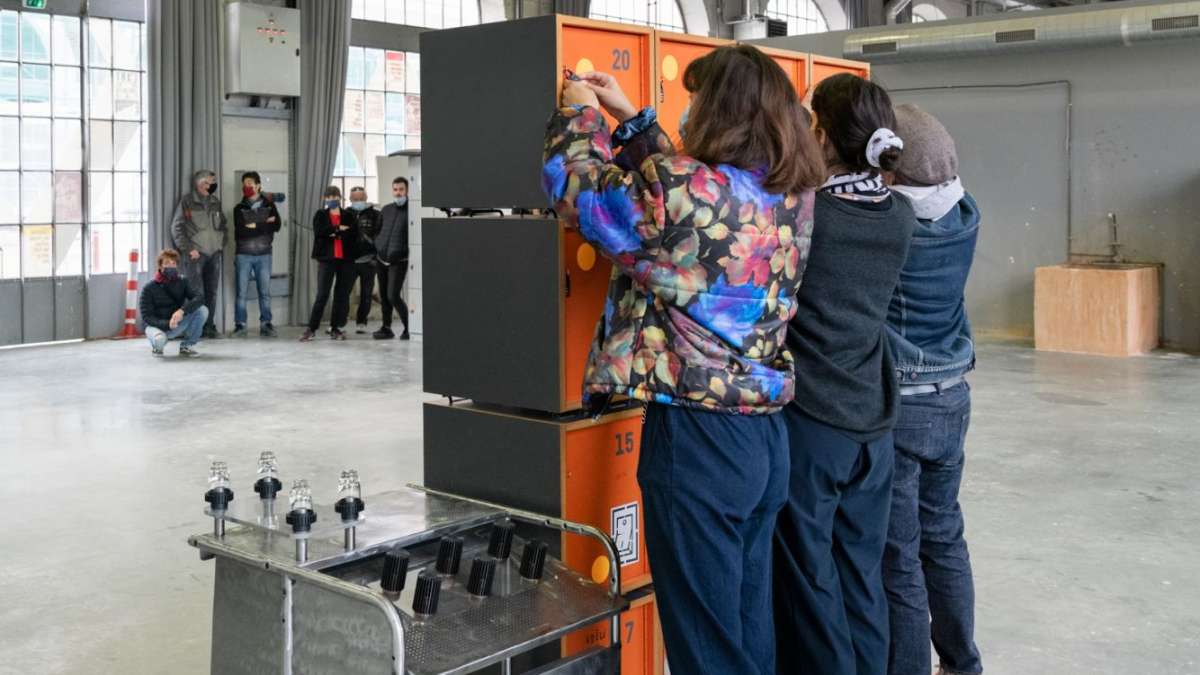
Benjamin Graindorge is a lecturer at Esadse, a graduate of ENSCI-les Ateliers (2006). After a residency at the Villa Kujoyama in Kyoto, he came back to France to work with François Bauchet on the scenography of the Biennale Internationale Design de Saint-Étienne Since then, Benjamin Graindorge has explored all the facets of the applied arts: from industrial design to publishing design, from research to contemporary art projects.
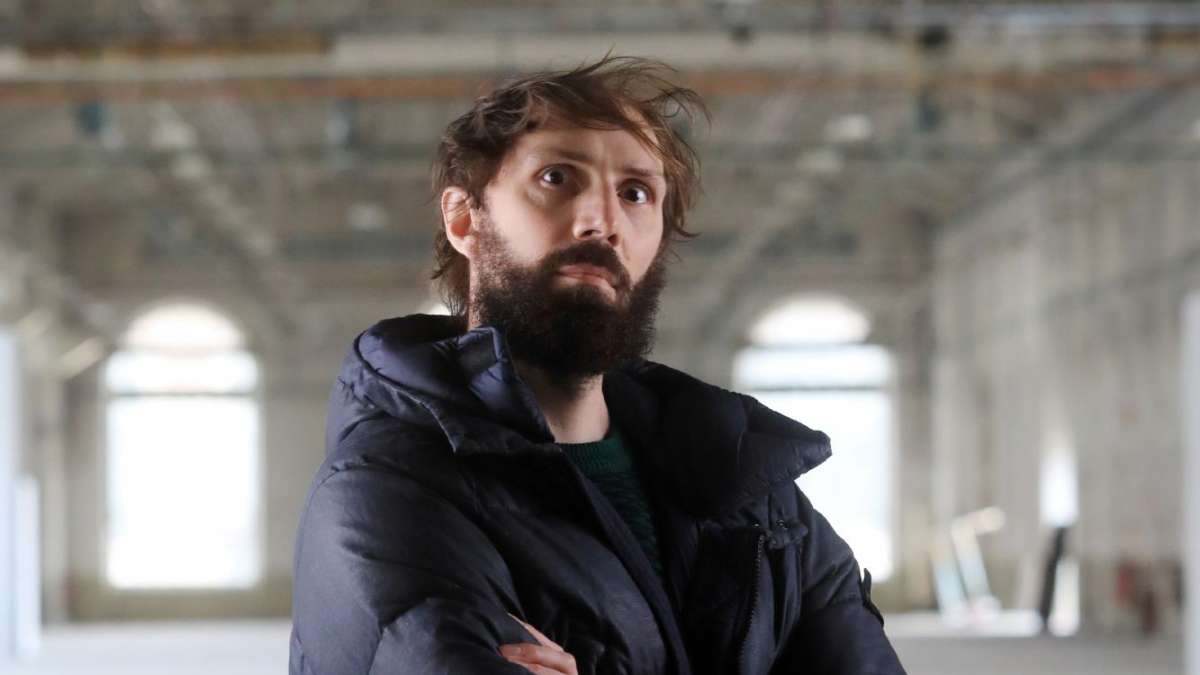
Sophie Pène is a professor of information sciences at the Learning Planet Institute of the University of Paris. A specialist in digital citizen practices, she is head of the AIRE master's course (Innovative Approaches and Training through Research). A member and Vice-President of the CNN (National Digital Council) (2013-2017) and a research director at ENSCI (2009-2012), she is now a member of the Scientific Committee of the Institut Mines Telecom and the CGF (Council for Future Generations) (City of Paris).
